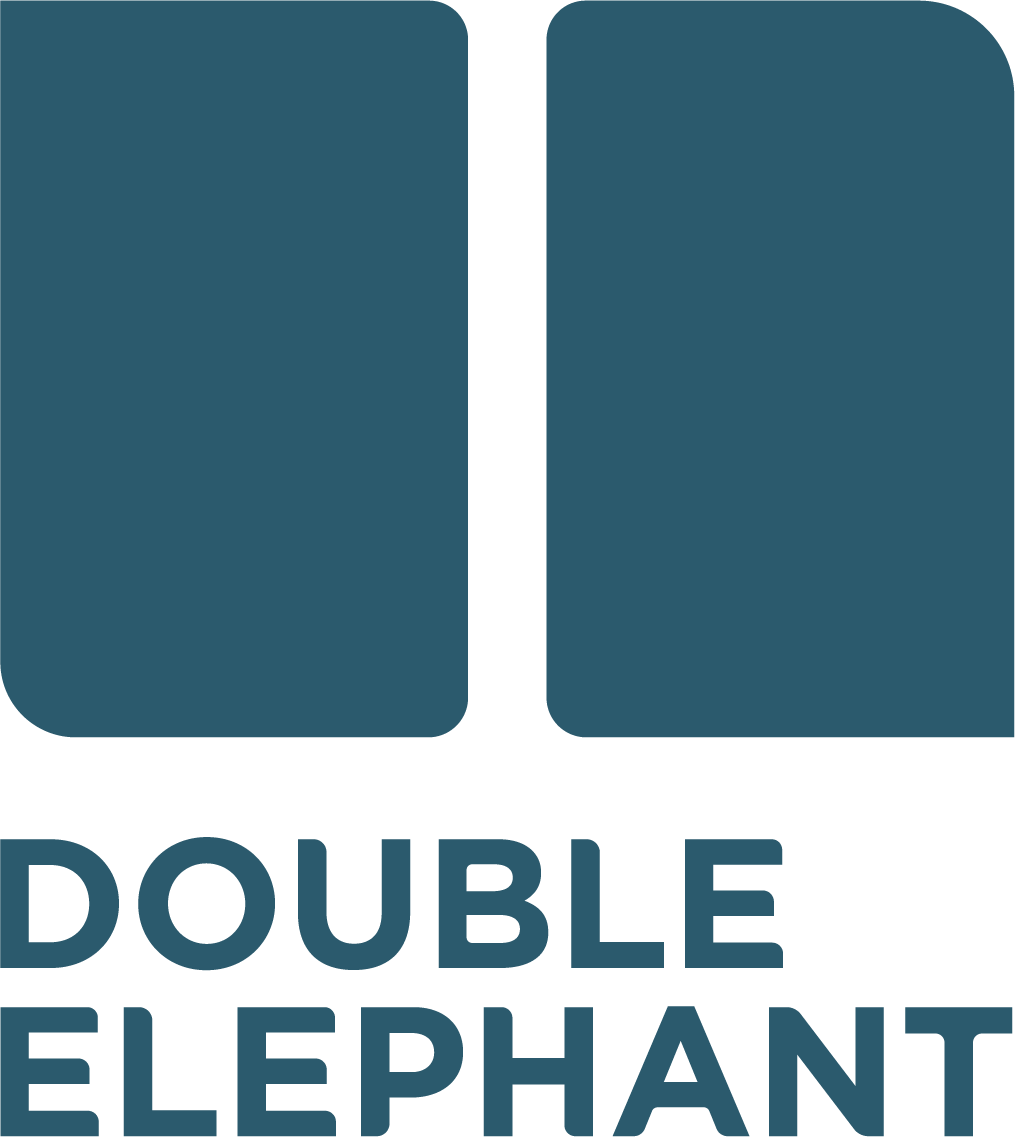Mary of Exeter
2017 - 2020
MONOPRINT ANIMATION ON THE HISTORY OF EXETER’S HERO WAR PIGEON
Supported by the National Lottery Heritage Fund.
Mary of Exeter was a carrier pigeon who flew many military missions with the National Pigeon Service during World War II, transporting important messages across the English Channel back to her loft off Fore Street.
She was awarded the Dickin Medal (often called the Victoria Cross for animals) in November 1945 for showing endurance on war service despite being injured on three occasions and emerging uninjured when her loft was bombed.
She is commemorated in various locations around the city, and buried in the PDSA’s animal cemetery in Ilford alongside 12 other recipients of the Dickin medal for bravery.
For two years, Double Elephant Print Workshop has worked with local youth groups and partner organisations to explore and remember Mary and Charlie Brewer’s vital role in wartime communications.
Double Elephant was lucky enough to secure funding from The National Lottery Heritage Fund to enable young people to learn about and become more involved in their local history. Research drop-in sessions were held across the city at the Royal Albert Memorial Museum, Exeter Library, Picturehouse Cinema and Exeter Phoenix where the public could bring any recollections or memories they had about Exeter, the Second World War and pigeon racing to the project.
The young people investigated historical documents at the South West Heritage Centre and visited RAMM, where Mary’s medal was on display as part of their “Birds without Borders” exhibition. They were also lucky enough to interview Charlie’s grandsons, Clive and Rob Hooper, to get a fantastic insight into Charlie’s life, and learned about the culture of pigeon racing with local expert, Bob Reeves, who knew Charlie and shared his passion for pigeons.
Outreach workshops were held with the Atkinson’s Unit, Pelican Project and the Print on Prescription programme, working with people of all ages and backgrounds and who may be experiencing issues with physical and mental health or have a disability of some kind.
Through workshops, screenings, interviews and visits, the young people have put together an animated short film that tells the fascinating story of Mary’s bravery.
Freefall youth group at Exeter Phoenix took on the lead role of planning and directing the film. After investigating the various different means of animating, they chose to tell the story through a combination of rotoscoping and mono-printing. After sourcing video clips that depict the various elements of Mary’s tale, they are broken down into frames to be drawn. Each second of animation is made up of 12 frames.
The animation is made up of approximately 6,000 drawn frames of footage, combined with stop-motion animation using plasticine, photographs and geographical implements.
In order to complete this mammoth task, the young people have committed hundreds of hours to produce this huge amount of footage. But they couldn’t do it alone, and drop-in mono-printing sessions were held in the Double Elephant studio and Topsham Brewery where the public were invited to join in. Participants included primary school children, evacuees of the Second World War, animation students, and even some of Charlie Brewer’s relatives. Members of the studio contributed some beautiful frames, bringing their professional printmaking experience to the project.

